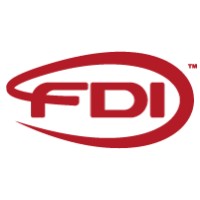
Flexiv Robotics
Flexiv is a deep-tech company that is committed to developing and manufacturing general-purpose adaptive robots that redefine intelligent automation. Combining advanced robotics and artificial intelligence with human-centered design, Flexiv's robots empower businesses to flexibly automate complex tasks with intuitive and easy-to-use interfaces. Headquartered in the US, our company has a global presence with offices and partners located in key markets around the world. Our international network of experts and partners are committed to supporting you throughout your automation journey. From planning and design to implementation and maintenance, we offer comprehensive assistance that ensures the successful deployment of your projects. Flexiv was founded in 2016, with a core team from robotics and AI laboratories at Stanford University.






